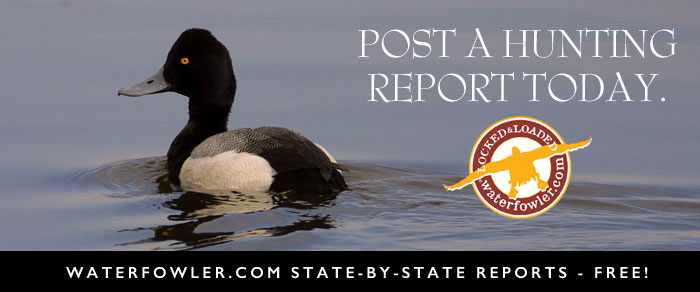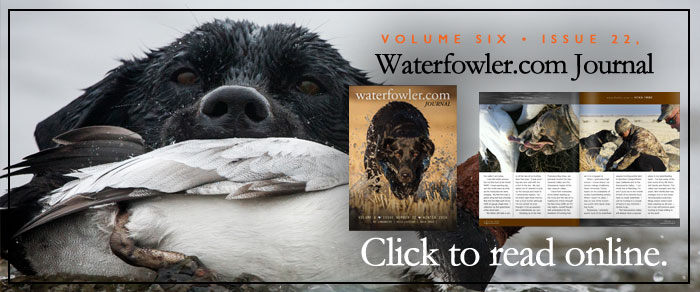Migration Update – September 5, 2007
Resident goose hunting is open in a number of states and dove shooting is underway across most of the United States. Hunters braving the heat and mosquito swarms are reporting good success on resident geese — despite very short activity periods at sunrise and sunset. Hello folks, and, as always, welcome to Waterfowler.com. This past holiday weekend marked the start of the 2007-2008 Hunting Season, and hunters across the nation headed to the field in pursuit of Doves and resident Canada Geese in the selected states, where seasons were open. While the waterfowl hunter seems to be more at home in multiple layers of clothing and venturing outdoors during the harshest weather known to man, the Dove opener is celebration of the coming of autumn and all other hunting seasons. As friends and family gathered this past weekend for a holiday cookout and dove shoot, the general hunting season opened… Continue reading







